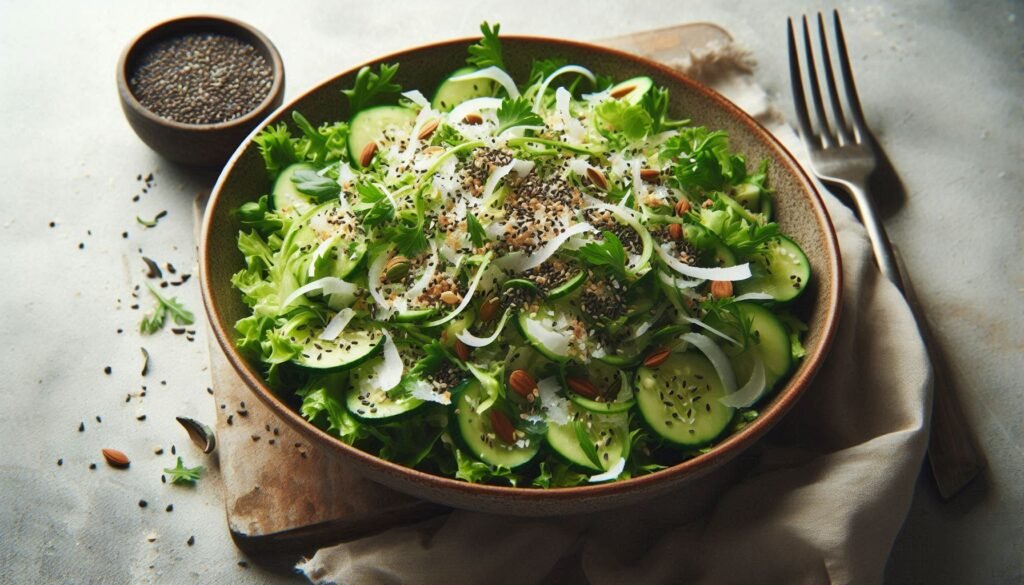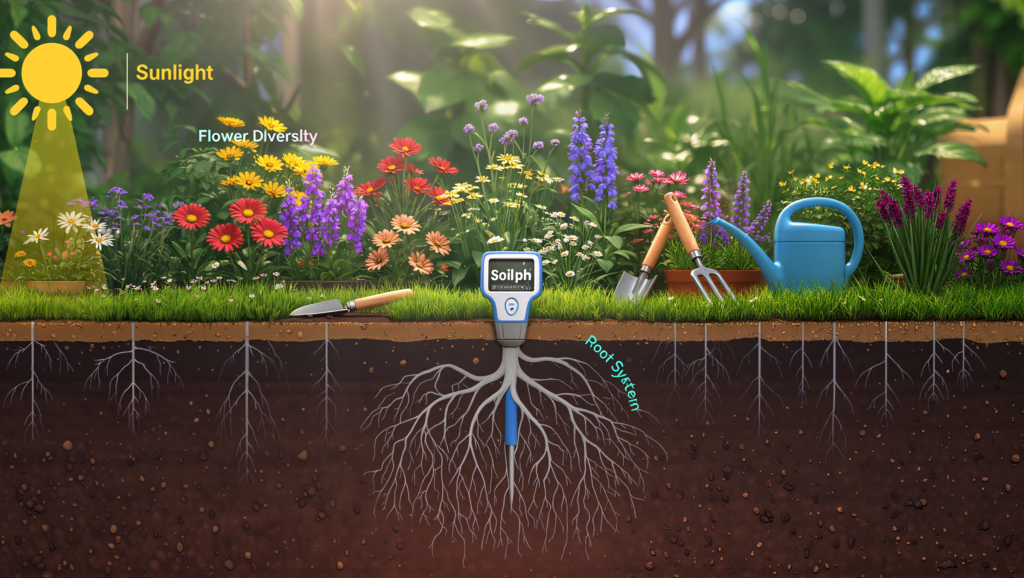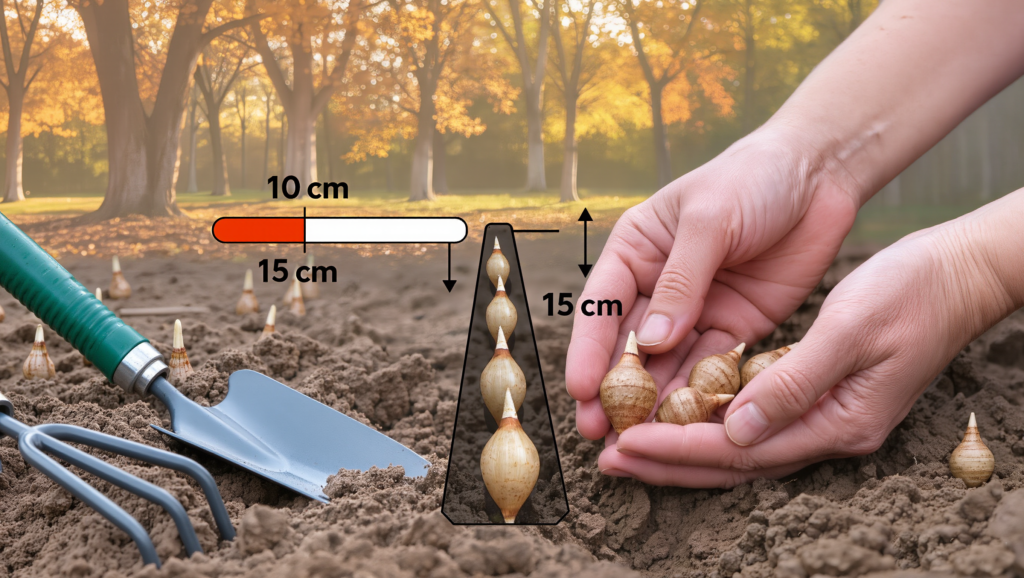When we think of salad, we usually picture it as a raw, crunchy, fresh bowl of leafy greens and colorful veggies. But here’s a twist: sometimes, cooking your salad veggies can actually make them healthier! While raw vegetables are packed with nutrients, certain vegetables offer more health benefits when cooked. In this post, we’ll dive into the surprising reasons why heating up some salad veggies could be good for your health and how to make the most of both raw and cooked veggies.
1. Unlocking Nutrients with Heat
Cooking vegetables can increase the availability of certain nutrients. For example, carrots, tomatoes, and spinach release higher levels of certain vitamins and antioxidants when heated. Let’s look at a few of these:
- Beta-Carotene in Carrots and Spinach: When you cook carrots, beta-carotene levels rise significantly. Beta-carotene is an antioxidant that helps your body produce Vitamin A, which is essential for eye health, immune function, and skin health (source: Scientific American).
- Lycopene in Tomatoes: Cooked tomatoes provide more lycopene, an antioxidant that helps lower the risk of heart disease and certain cancers. Heat breaks down the cell walls in tomatoes, allowing your body to absorb more lycopene (source: WebMD).
2. Easier on Digestion
If you’ve ever had a raw broccoli salad and felt bloated afterward, you’re not alone! Certain raw vegetables like broccoli, cauliflower, and Brussels sprouts can be tough on the digestive system. This is because they contain fiber and compounds called oligosaccharides that can lead to gas and bloating.
Cooking breaks down some of the tougher fibers, making these veggies gentler on the stomach. So, if you want to add cruciferous veggies to your salad without the discomfort, lightly steaming or roasting them might help. This way, you can enjoy the health benefits without upsetting your stomach (source: Harvard Health).
3. Decreasing Antinutrients
Some vegetables contain antinutrients, which can prevent your body from absorbing certain minerals and nutrients. For example:
- Oxalates in Spinach and Kale: Oxalates bind with calcium and iron, making it harder for your body to absorb these minerals. Cooking spinach and kale reduces the oxalate content, so you get more calcium and iron from these greens (source: Healthline).
- Phytic Acid in Legumes and Seeds: Phytic acid can inhibit the absorption of zinc and iron. Cooking legumes and certain seeds can decrease phytic acid, making the minerals more available to your body.

4. Food Safety and Lowering Bacteria Risks
Raw veggies can sometimes carry bacteria that lead to foodborne illnesses. For example, spinach, lettuce, and sprouts have been known to carry bacteria like E. coli and Salmonella. Lightly cooking these veggies can help eliminate these bacteria, reducing the risk of illness (source: CDC).
5. When Raw Veggies Are Still Best
While cooking can increase the availability of some nutrients, other vitamins are more sensitive to heat. Vitamin C and folate are two vitamins that are often reduced in quantity when exposed to high heat.
To balance your nutrient intake, include a mix of raw and cooked vegetables in your meals. For instance, enjoy raw bell peppers in a salad to get more Vitamin C, or throw a handful of raw spinach into a smoothie for extra folate. This way, you get a broad range of nutrients (source: Food Revolution Network).
6. The Best Cooking Methods for Nutrient Retention
If you’re ready to try cooking some of your salad veggies, consider using gentle cooking methods to preserve the most nutrients. Here are a few methods that work well:
- Steaming: Steaming veggies preserves water-soluble vitamins like Vitamin C and minimizes nutrient loss.
- Roasting: Roasting brings out natural flavors without requiring a lot of oil or water.
- Sautéing with Olive Oil: Some nutrients, like beta-carotene and lycopene, are fat-soluble, meaning they absorb better with a little oil. Olive oil adds heart-healthy fats, making it a great choice for cooking (source: Mayo Clinic).
7. Putting It All Together: Mixed-Style Salads
A balanced diet includes both raw and cooked vegetables. You could try a “warm salad” where you combine raw greens with cooked veggies. For example, toss fresh spinach or arugula with warm roasted carrots, bell peppers, and a little olive oil for a delicious, nutrient-dense dish.
Final Thoughts
Cooking your salad veggies might sound unconventional, but it’s a great way to increase certain nutrients and make the veggies easier to digest. By mixing raw and cooked veggies, you can enjoy the best of both worlds—maximum nutrients and delicious flavors.
So, next time you’re making a salad, consider adding some roasted carrots or steamed broccoli. You might just find that cooked salad veggies give you a new and tasty way to nourish your body.







